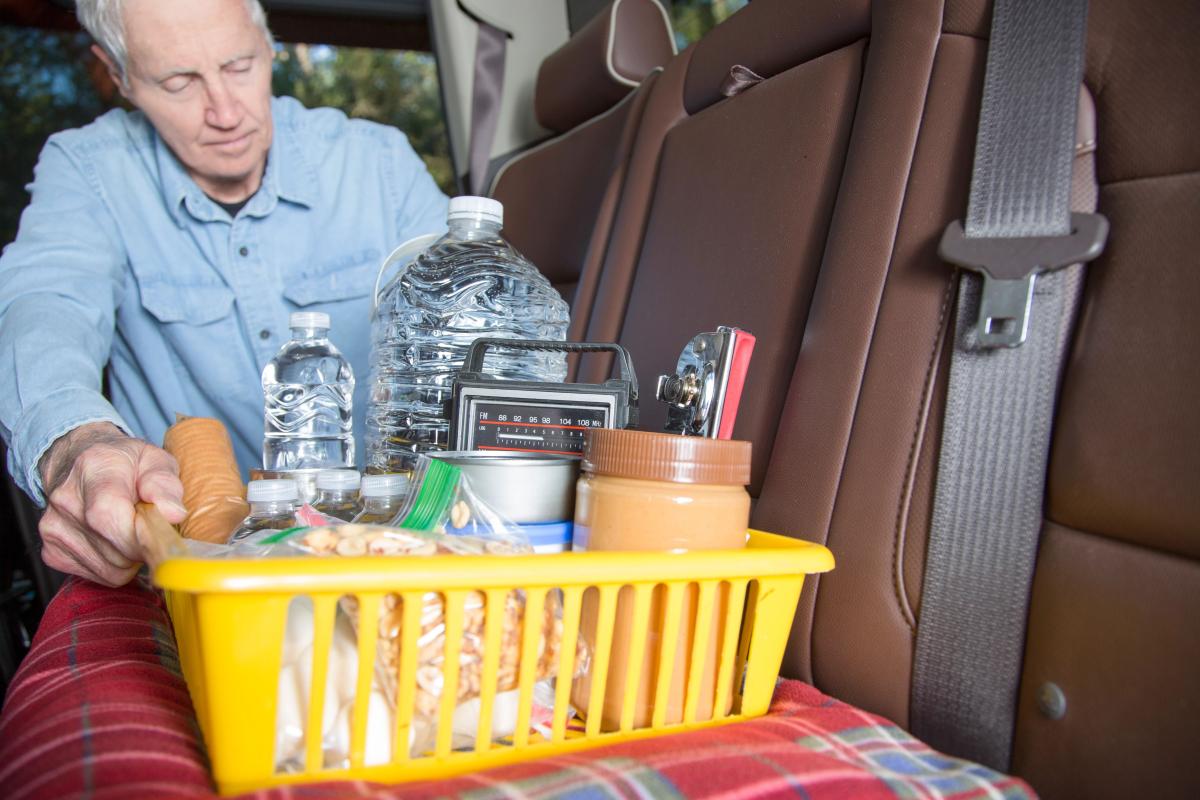Updating State Emergency Plans to Better Protect Older Adults and Family Caregivers

Disaster Resilience in the LTSS State Scorecard
Older adults, people with disabilities, and their family caregivers face heightened challenges when disasters strike their communities. Too often, the disaster plans that states and communities create neglect to include considerations for the most vulnerable populations within the community.
With the release of the 5th edition of the AARP LTSS State Scorecard last year, the AARP Public Policy Institute sought to bring attention to this critical need within disaster planning. For the first time, the Scorecard featured an indicator of state disaster resilience for older adults and people with disabilities. With the addition of the State Emergency Management Plan indicator, the Scorecard reviewed each state’s most recent State Hazard Mitigation Plan (SHMP) and awarded credit to states that met two criteria:
- Having a FEMA-approved enhanced designation
- Utilization of a social vulnerability index to identify socially vulnerable populations within the state
This blog reviews the basics of SHMPs, why they matter to older adults and people with disabilities, and the importance of updating these plans this year to better protect socially vulnerable populations. It also includes a review of the social vulnerability additions to FEMA’s state mitigation planning policy guide and information for how state advocates can get involved.
State Hazard Mitigation Plans
The need for maintaining a State Hazard Mitigation Plan (SHMP) for communities in general is widely understood. FEMA requires every state and the District of Columbia to routinely update the SHMP to ensure states are working to mitigate the damage from disasters and align recovery efforts with community and local governments. For these plans, governments identify natural disaster risks and vulnerabilities within their jurisdiction and develop long-term strategies for protecting people from those risks.
Fourteen states have developed a FEMA-approved enhanced mitigation plan. This special designation for “enhanced” SHMPs acknowledged the coordinated effort a state is taking to reduce losses from natural hazards, protect life and property, and create safer and more resilient communities. The enhanced SHMP states develop a comprehensive mitigation program and demonstrate they can manage increased funding in the aftermath of a disaster and manage hazard mitigation grant funding throughout the plan approval period. States with enhanced mitigation plans receive an additional 5% in Hazard Mitigation Grant Program (HMGP) funds after a disaster, meaning they receive 20% of estimated eligible Stafford Act assistance instead of the standard 15%, up to $35.333 billion.
Social Vulnerability
The second component required for a state to receive credit for the Scorecard indicator is utilization of a social vulnerability index as part of their SHMP. A social vulnerability index is a tool developed by researchers to understand the distribution of socially vulnerable people across a state. FEMA included a formal definition of social vulnerability for the first time in their 2023 policy guide update:
Social vulnerability is the potential for loss within an individual or social group, recognizing that there are characteristics that influence an individual or group’s ability to prepare, respond, cope, or recover from an event. These characteristics can overlap within populations to create heightened vulnerability, which may be compounded by deficiencies in infrastructure within communities and historic or existing discriminatory government policies.
While many states opted on their own to use a social vulnerability index in their SHMP, it is not required by FEMA. Social vulnerability index models vary in what populations and demographics are included, but all should include older adults and people with disabilities. These indices enable state officials to identify regions with high concentration of vulnerable populations and take preventative steps to mitigate the increased threats they will face during and following disasters. In emphasizing the use of a social vulnerability index, the Scorecard indicator recognizes the extra effort states take to mitigate harm to older adults and people with disabilities from disasters. Of the 14 states with an enhanced mitigation plan, nine included a social vulnerability index. Those states that had both -- California, Colorado, Georgia, Missouri, North Carolina, North Dakota, Pennsylvania, South Dakota, and Washington -- received credit for the 2023 Scorecard State Emergency Management Plan indicator.
Updating State Hazard Mitigation Plans in 2024
FEMA’s updated State Mitigation Planning Policy Guide went into effect as of April 2023, and included new language on social vulnerability. Most notably the guide placed greater expectations on states to account for the increased risk hazards pose to socially vulnerable populations like older adults and people with disabilities. Socially vulnerable people are called out as a specific population to consider during the state’s formal risk assessment. Plans must include a summary of how changes to any population demographics may affect vulnerability to hazard events. This includes social vulnerability as a population characteristic to analyze. A key criteria states should use to prioritize funding includes communities with socially vulnerable populations.
This year provides a major opportunity for states to improve their disaster planning and ensure older adults and those with disabilities are specifically included. FEMA requires all plans be updated at least once every five years. Most states last submitted updates in 2019, making 2024 a major update year for hazard mitigation planning.
Most states task their Emergency Management agency or division with updating and submitting their hazard mitigation plan. FEMA maintains a directory of State Hazard Mitigation Officers as points of contact for interested parties for each state.
Everyone is at risk when a community is struck by disaster, but vulnerable populations face an intersection of challenges during disaster. States and communities that prepare in advance for hazards beyond looking at how their infrastructure will be impacted, but how the people themselves will be impacted are better positioned to mitigate the hardship those people face. The effect is magnified for socially vulnerable populations like older adults and people with disabilities, and states must be encouraged to take extra strides towards preventing harm. FEMA is demonstrating an understanding of this by including social vulnerability in their State Mitigation Planning Policy Guide in critical areas. The 2023 Scorecard emphasized the tangible steps emergency planners can take to reduce the risk older adults and people with disabilities face from disasters.
